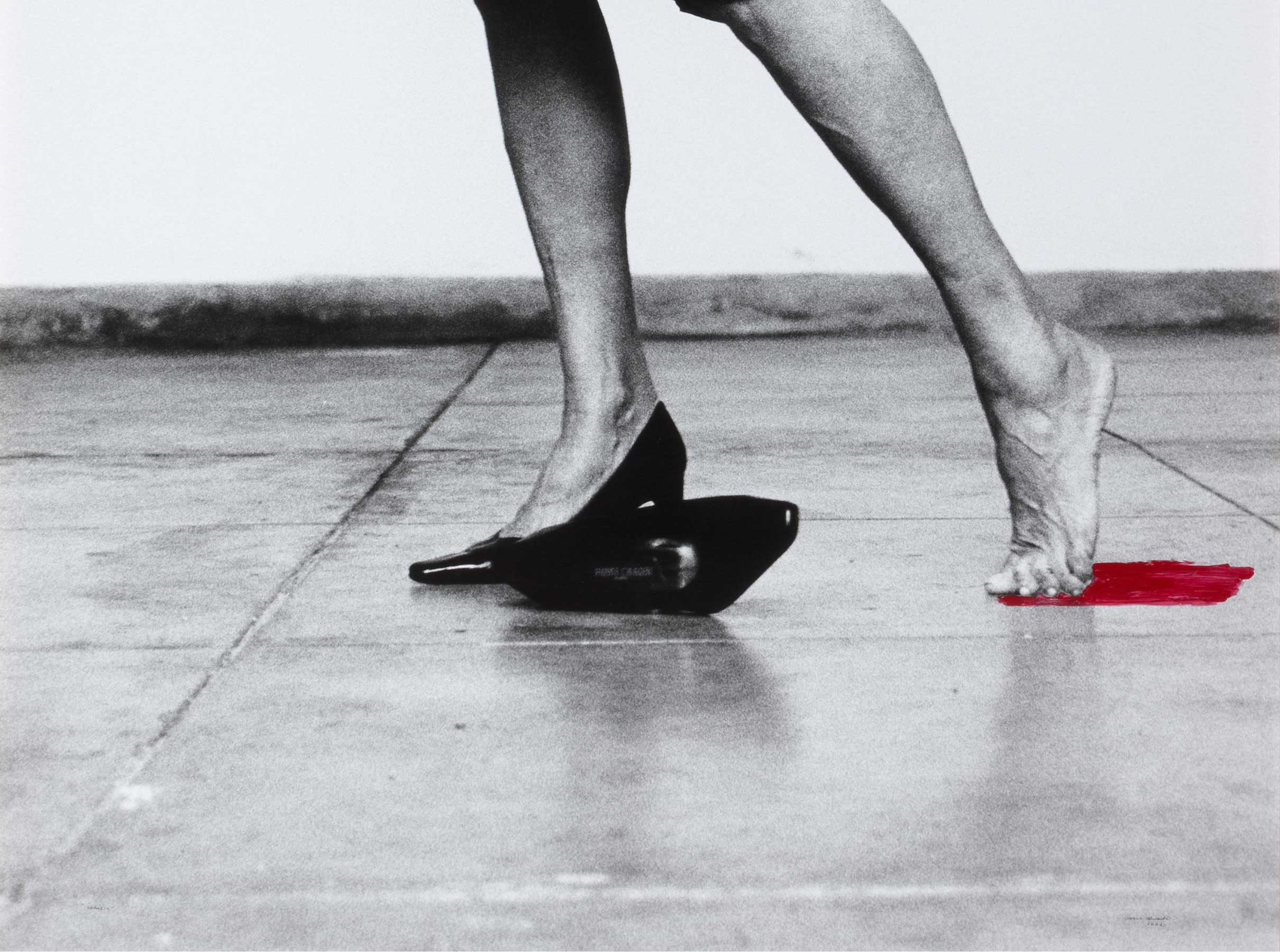Juan Manuel de Urquijo y Urrutia, marqués de Urquijo [Juan Manuel de Urquijo y Urrutia, Marquis of Urquijo]
- 1914
- Oil on canvas
- 128 x 104 cm
- Cat. P_241
- Comissioned from the artist in 1914
The second Marquis of Urquijo never served as governor of the Banco de España or sat on any of its bodies. Nonetheless, for reasons that are unclear, the institution commissioned a portrait of him on the proposal of Count del Valle de Pendueles, the doyenne of the board of governors. The commission was awarded to Luis Menéndez Pidal (who was also entrusted with painting three of the bank's governors). As recorded in File 3816 of its Historical Archives, the Banco de España paid the artist 2,500 pesetas for this painting.
Juan Manuel de Urquijo Urrutia came from a humble background. He studied mathematics in Valladolid before being introduced to the world of finance and business by his uncle, Estanislao de Urquijo y Landaluce, who had made his fortune as a railway proprietor.
In 1870 he founded the credit partnership Urquijo y Arenzana, renamed Urquijo Hermanos in 1879 after his brother Lucas joined the firm, and which was eventually to become the Banco Urquijo. He lent money to the Crown (first to King Amadeus I and then to King Alfonso XII, helping to finance the expenses of the restoration the House of Bourbon from an early stage) but also to the republican government of Castelar. He was also involved in founding the Banco de Castilla and the Banco Hipotecario.
Paralleling his career as a financier, he held important shares in key businesses at the time, mainly in industry. He founded a number of large companies, including Altos Hornos de Vizcaya, Duro Felguera and Sociedad Española de Construcción Naval, and had a stake in Fábrica de Productos Químicos de Abono, La Papelera and La Fábrica de Cerámica, Vidrio y Cristal de La Moncloa, among others.
Despite defending his political neutrality as a businessman, he took an active involvement in politics, like many of his contemporaries (including his Uncle Estanislao, who became mayor of Madrid and senator for Avila). He was an alderman on Madrid City Council (1875), a member of parliament for Vizcaya (1879-1881) and a senator (1881-1889). He was offered the post of Finance Minister by both Cánovas and Sagasta, but declined on both occasions.
He became the second Marquis of Urquijo in 1889, following the death of his uncle Estanislao, who had been granted the marquisate by King Amadeus in 1871 in gratitude for his financial support to the Crown.
A generous patron of his native Alava, he founded charities and promoted local businesses. He turned the palace of Lamuza, in Llodio, into a centre of social activity, entertaining businessmen, nobles, intellectuals, artists and even monarchs.
An enthusiastic gardener, he developed a type of rose which he named 'Marquesa de Urquijo'.
Other works by Luis Menéndez Pidal

![Juan Manuel de Urquijo y Urrutia, marqués de Urquijo [Juan Manuel de Urquijo y Urrutia, Marquis of Urquijo]](/f/webca/INF/assets/img/fff.png)